Family rituals often begin with repetition, not intention. A song, a meal, or a phrase becomes ritual. They serve as quiet reminders of who we are and where we come from. These repeated moments grow deeper with time, anchoring family identity without forcing it. Children feel the rhythm long before they understand its meaning. Adults rely on it without noticing. That’s the quiet power of tradition—it happens to you before you choose it.
The timing of these rituals becomes a kind of emotional calendar
Rituals often follow time, like shadows moving with the sun. The timing of these rituals becomes a kind of emotional calendar. Friday night dinners, holiday mornings, end-of-year letters—each has its emotional season. They hold space for memory to return and settle. Even if the world changes, those times remain predictable. That predictability offers a kind of peace, especially in childhood. One glance at a familiar tablecloth can stir an entire past.
Shared meals can turn ordinary evenings into something unspoken but sacred
One of the simplest rituals is eating together. Shared meals can turn ordinary evenings into something unspoken but sacred. It’s not about recipes but about repetition. The clink of cutlery, the way someone always forgets the salt—it’s rhythm. Children often recall those evenings not for the food, but for the feeling. That feeling is connection, quiet and steady. In families that eat together regularly, words may become optional but meaning is never lost.
Even silence becomes part of the ritual when it repeats in familiar patterns
Ritual doesn’t always require talking. Even silence becomes part of the ritual when it repeats in familiar patterns. Watching a show every Saturday without speaking can build the same intimacy as long conversations. There’s comfort in knowing someone else is present. That presence, repeated, becomes its own message. Over time, shared silences can hold more than spoken words. Familiar stillness is just as binding as shared laughter, maybe even more so.
When passed between generations, traditions carry emotions that outlive memory
Traditions change hands across time. When passed between generations, traditions carry emotions that outlive memory. A grandmother’s lullaby becomes a father’s whisper. A worn recipe card becomes an heirloom. Often, the original meaning is lost, but the feeling remains. It’s the emotion that travels, not the instruction. That’s why some children cry over things they’ve never understood fully. The story is felt before it is learned. Heritage moves this way—quiet, steady, invisible.
The act of repeating a gesture can be more powerful than its content
Sometimes the ritual itself is simple. The act of repeating a gesture can be more powerful than its content. Lighting a candle. Folding towels the same way. Hugging before leaving. These gestures become anchors. They don’t need explaining to matter. Their value lies in the repetition, not in the spectacle. What matters is that they happen. The more ordinary the action, the more powerful it becomes over time. Repetition is its own form of storytelling.
Children find structure in the predictability of rituals
Children need rhythm. Children find structure in the predictability of rituals. Even if they push boundaries, they crave repetition. A bedtime story told the same way every night offers more than entertainment. It offers containment, safety, and reliability. In chaos, rituals become railings to hold onto. Kids test them not to break them but to feel their strength. A strong ritual withstands rebellion and returns the next night unchanged. That’s its quiet strength.
Traditions offer a way to grieve without needing to find words
In loss, ritual often steps in where words fail. Traditions offer a way to grieve without needing to find words. Lighting a candle each year, visiting the same grave, cooking a loved one’s favorite meal—these become emotional tools. They help carry sorrow in manageable doses. Even small rituals can offer structure in grief. And structure helps the heart pace itself. In mourning, repetition is not monotony—it is survival. And sometimes, it is also release.
Rituals can adapt without losing their emotional core
Traditions are not fixed. Rituals can adapt without losing their emotional core. A Sunday phone call can replace a Sunday visit. A digital photo album can carry the weight of an old scrapbook. The form may change, but the intention remains. What holds families together is not the exact action but the reason behind it. Flexibility keeps traditions alive. Stubbornness can sometimes make them brittle. Rituals thrive when they’re allowed to breathe and evolve.
Cultural background often shapes what rituals look like, but not what they feel like
Not all traditions look the same. Cultural background often shapes what rituals look like, but not what they feel like. A prayer in one house, a toast in another—both serve the same emotional role. What matters is the meaning, not the format. The human need for connection, continuity, and memory is universal. Rituals are the language that expresses that need. Whether spoken or silent, ritual becomes a shared grammar of the heart.
The repetition creates a private language only family members can interpret
In many families, repeated actions become code. The repetition creates a private language only family members can interpret. A glance, a phrase, or an inside joke becomes layered with memory. Outsiders may not understand, but the meaning is clear within. Ritual builds not only structure but secrecy. And secrecy builds closeness. Knowing something together that no one else does can feel like home. In this way, families become fluent in themselves.
Ritual is not about nostalgia but about anchoring the present
People often confuse tradition with the past. Ritual is not about nostalgia but about anchoring the present. The purpose isn’t to recreate old times but to root the now. Even new rituals become meaningful when repeated with care. They ground the moment, give it depth, and protect it from being forgotten. Anchoring doesn’t mean being stuck—it means being held. A ritual holds the moment still long enough for it to become memory.
Source: Family Medicine Specialist in Dubai / Family Medicine Specialist in Abu Dhabi
